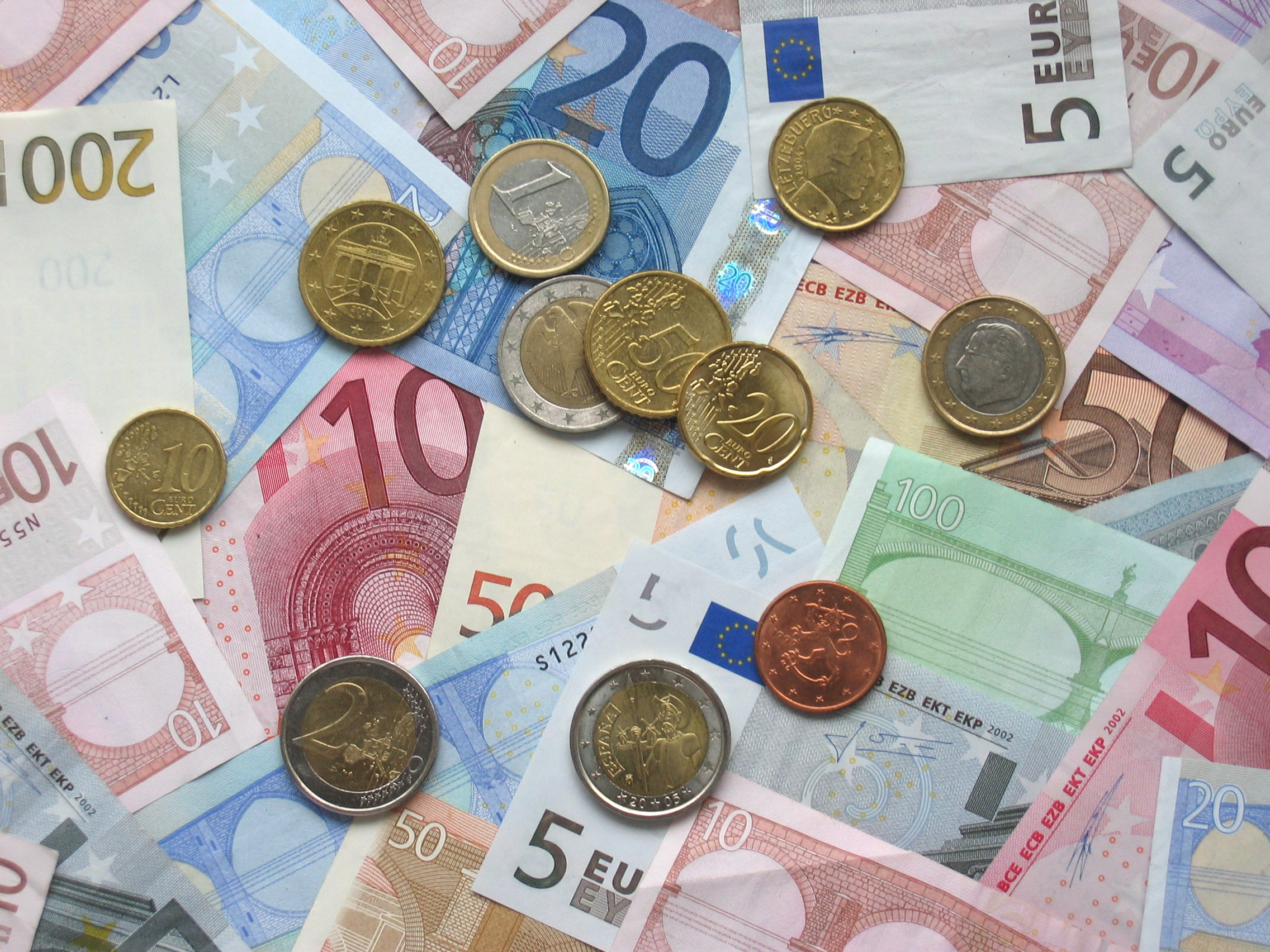The European Single Currency, euro, on Thursday, April 19, slowed against peers at $1.24, as investors shrugged off a rise in long-term U.S. bond yields and sold the dollar.
The euro rose 0.1 percent to $1.2387 after earlier hitting $1.24. The dollar slipped 0.1 percent against a basket of currencies to 89.576.
The Swiss franc fell to within a whisker of the 1.20 per euro mark it last hit in January 2015 – before the Swiss National Bank removed its currency peg and the franc shot up.
The dollar had initially risen in Asian trading although the increase was limited given the scale of gains in the 10-year Treasury note yield, which climbed more than 5 basis points overnight for its biggest one-day surge since March 2.
Broad uncertainty stemming from U.S. President Donald Trump’s trade and economic policies, as well as geopolitical posturing in the Middle East and elsewhere has made financial markets more volatile over the past month and weighed on the dollar.
But a rally in the euro, which had gained at the start of this year, has run out of steam and analysts said most major currencies remained stuck in trading ranges until there was more clarity about when central banks would tighten monetary policy.
“Yes the euro has been gradually gaining but this is mostly because of the dollar,” said Thu Lan Nguyen, who attributed recent dollar weakness to political uncertainty in the U.S. rather than interest rate differentials.
“The ECB (European Central Bank) has been quite dovish recently. Rate expectations have come down in the euro zone and went up in the U.S. It’s not supportive for the euro’s strength.”
Diverging interest rate views have driven the spread between U.S. and German 10-year government bond yields above 230 basis points, the highest since late December 2016.
The euro had weakened to a 14-year low the last time the yield spread was at the current width. But it has been relatively immune to the current yield spread widening. The spread has increased more than 30 basis points over the past three months, but the common currency has moved within a relatively narrow $1.2556-$1.2154 range.
Turkey’s lira fell after rallying more than 2 percent against the dollar overnight after the country’s president Tayyip Erdogan called for elections to be held in June, more than a year earlier than planned.
The lira was supported as Erdogan’s call for early elections was seen as the government’s recognition for the need for tighter monetary policy to combat inflation.
The lira was last down 0.5 percent at 4.029 against the dollar, with the previous day’s surge moving it significantly away from a record low of 4.194 set last week.
Battered by concerns over monetary policy and inflation, the lira is one of the worst-performing emerging market currencies so far this year,Reuters reports
A rally in commodity prices, including large moves in oil and iron ore, helped the Australian dollar rise even after disappointing jobs data. The Aussie dollar was up 0.2 percent at $0.7799, having recovered from a low of $0.7765.
The Canadian dollar was another big mover, having slid 0.6 percent against the dollar after the Bank of Canada did not sound as hawkish as some had anticipated.














